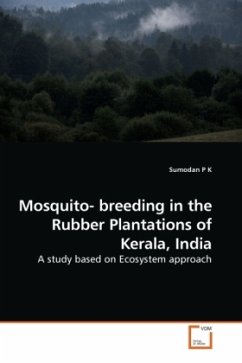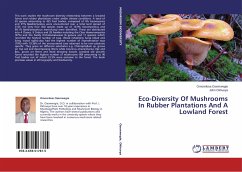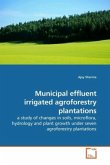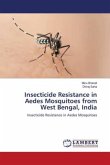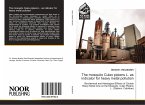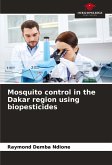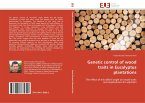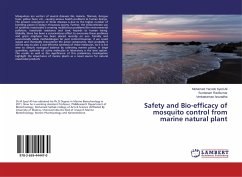During South-West monsoon season, Rubber plantations in Kerala have been found to be transformed to ideal ecosystems for the proliferation of mosquitoes, including the vector species Aedes (Stegomyia) albopictus. Suspension of tapping during rainy season was mainly due to climatic factors, which was further aggravated by economic factors. One hectare of plantation was found providing 500 breeding sites in the form of rainwater-filled latex-collecting containers, having nutrient-rich dry latex. Human dwellings in the vicinity of the plantations provided easily accessible source of blood meal. The breeding sites were found supporting 12 species of mosquitoes. Breeding was observed in permutations and combinations of species. The study gathered useful clues for planning practical strategies for the regulation of mosquito breeding in the rubber plantations by integrating ecological, entomological and economic components. It is one of the few studies in the world based on ecosystem approach, addressing mosquito problem. The book will be immensely resourceful to the undergraduate students, researchers and strategists in the field of public health, epidemiology, entomology and ecology.

